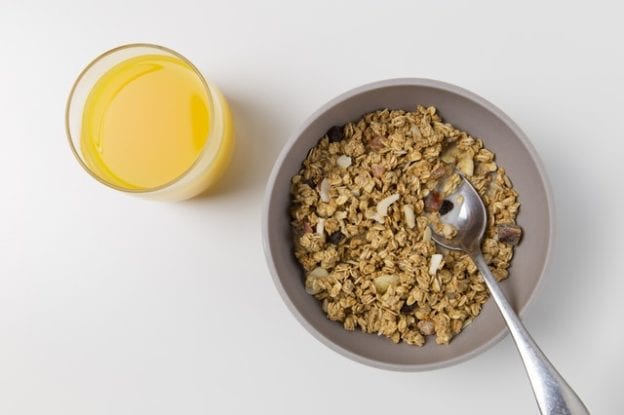A high fiber diet is important for everyone, but especially for people with diabetes. Fiber can help to lower blood sugar levels, improve cholesterol levels, and reduce the risk of heart disease. There are two types of fiber: soluble and insoluble. Soluble fiber dissolves in water and forms a gel-like substance that can help to slow down digestion and absorption of glucose. Insoluble fiber does not dissolve in water and helps to keep the digestive system healthy.
Benefits of a high fiber diet for people with diabetes
- Lower blood sugar levels
- Improved cholesterol levels
- Reduced risk of heart disease
- Reduced risk of constipation
- Increased satiety (feeling of fullness)
- Weight loss
How much fiber should people with diabetes eat?
The American Diabetes Association recommends that adults aim for 25-30 grams of fiber per day for women and 30-38 grams of fiber per day for men. People with diabetes may need to eat more fiber, up to 50 grams per day.
Good sources of fiber
There are many good sources of fiber, including:
- Fruits: apples, pears, berries, oranges, grapefruit, bananas
- Vegetables: broccoli, cauliflower, Brussels sprouts, carrots, spinach, kale, sweet potatoes
- Whole grains: oats, brown rice, quinoa, whole-wheat bread, whole-wheat pasta
- Legumes: beans, lentils, peas
- Nuts and seeds: almonds, walnuts, chia seeds, flaxseed
Tips for increasing your fiber intake
- Start your day with a bowl of oatmeal or whole-wheat cereal with berries and nuts.
- Add fruits and vegetables to every meal.
- Choose whole grains over refined grains.
- Snack on nuts and seeds.
- Add beans or lentils to soups, stews, and salads.
- Sprinkle chia seeds or flaxseed on yogurt, oatmeal, or smoothies.
Conclusion
A high fiber diet is an important part of managing diabetes. By eating a variety of fiber-rich foods, you can help to improve your blood sugar control, cholesterol levels, and overall health.
